Fire in an agricultural hangar on 25/05 in Haute-Loire: risk related to ammonium nitrates.
Containing the fire to prevent the spread to ammonium nitrate fertilizers.
A Risky Intervention Related to the Presence of Ammonium Nitrates in an Agricultural Warehouse
While the origin of the fire is still unknown, the presence of ammonium nitrates, an ammonium nitrate fertilizer, greatly complicated the task for the emergency services.
The fire initially engulfed about a hundred bales of straw.
Even though there were only 3 to 4 Tons of fertilizer, the risk associated with ammonium nitrates remains very significant.
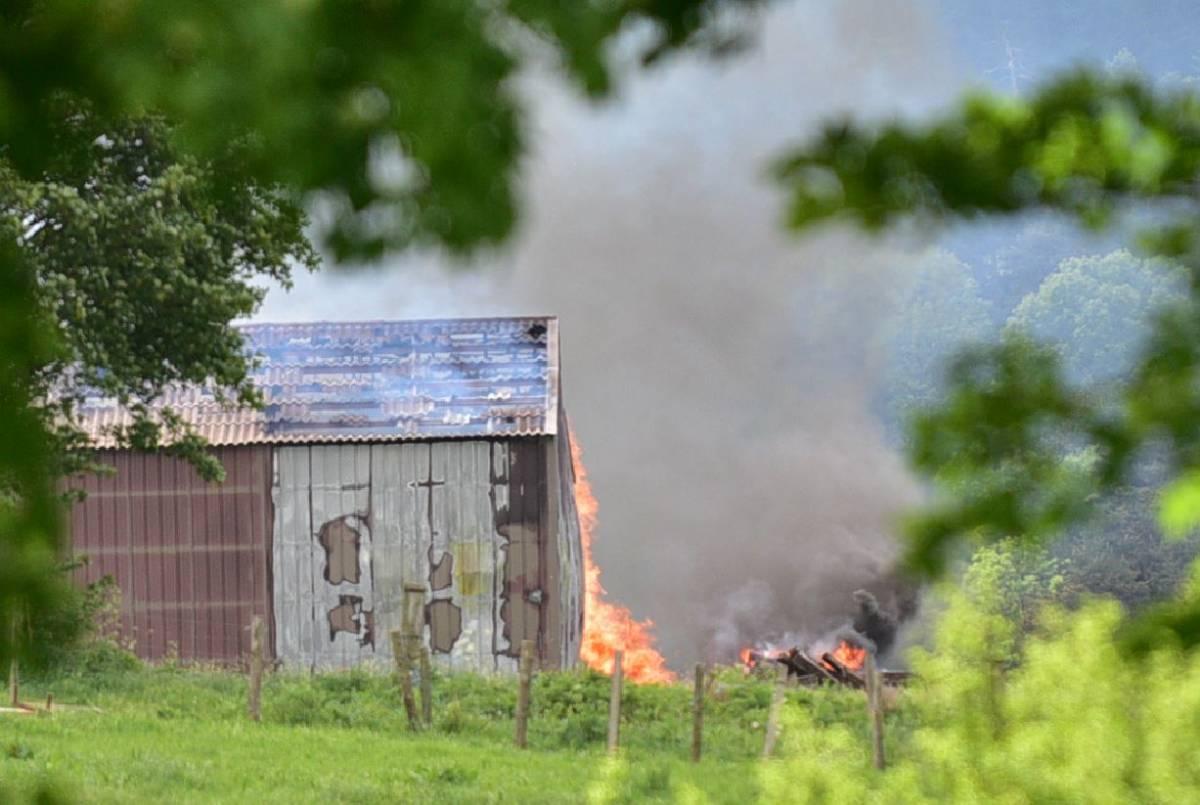
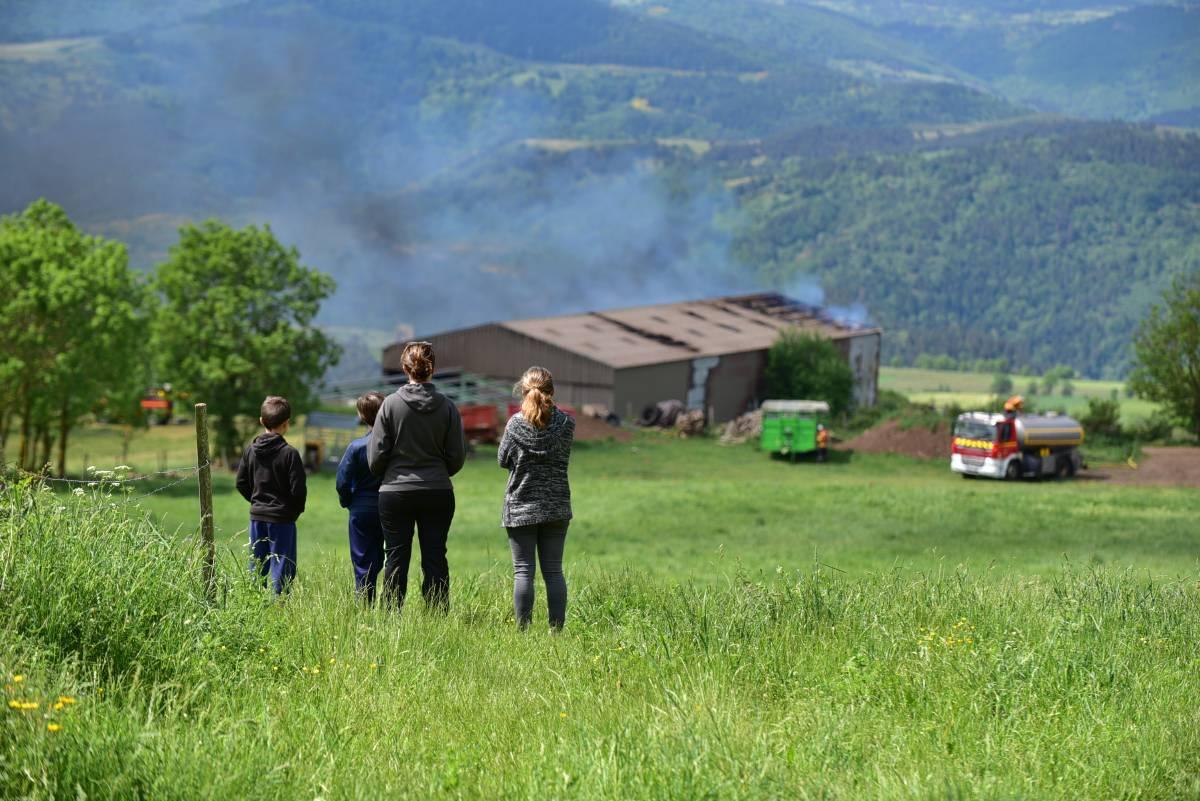
The Importance of After-Action Reviews (AAR): The 2003 Fire in Saint-Romain-en-Jarez
The fire in this agricultural warehouse reminds us of the one in Saint-Romain-en-Jarez, in the Loire, nearly 20 years ago.
After consuming the hay bales stored under the warehouse, the fire had then spread to the ammonium nitrate stock.
A violent explosion then hurled pieces of the metal framework several hundred meters, causing a heavy human toll.
26 injured:
- 18 firefighters, 6 of them severely,
- 3 gendarmes
- 5 civilians.
One of the firefighters, not directly involved in the firefighting, suffered from a pulmonary blast injury.
The fertilizer stock was estimated between 3 and 5 Tons, a volume equivalent to that of Saint-Haon
Therefore, AARs are extremely important. First responders indeed face very diverse risks. Knowledge of AARs allows for an adapted response.
A Controlled Risky Intervention in Saint-Haon, Haute-Loire, on 25/05/22
Armed with this experience, the emergency services, alerted to the presence of this type of fertilizer, immediately focused their efforts on the big bags of ammonium nitrates.
More than 100 bales of fodder were consumed, but the fertilizers were kept away from the flames and the rise in temperature.
50 firefighters were engaged in this risky intervention, along with a water carrier truck and the Mobile Technological Risk Unit.
One of the main complexities in this type of intervention lies in the difficulty of water supply, which was one of the causes of the heavy toll in 2003.
After cooling, the big bags were finally able to be removed from the building, eliminating any subsequent risk.
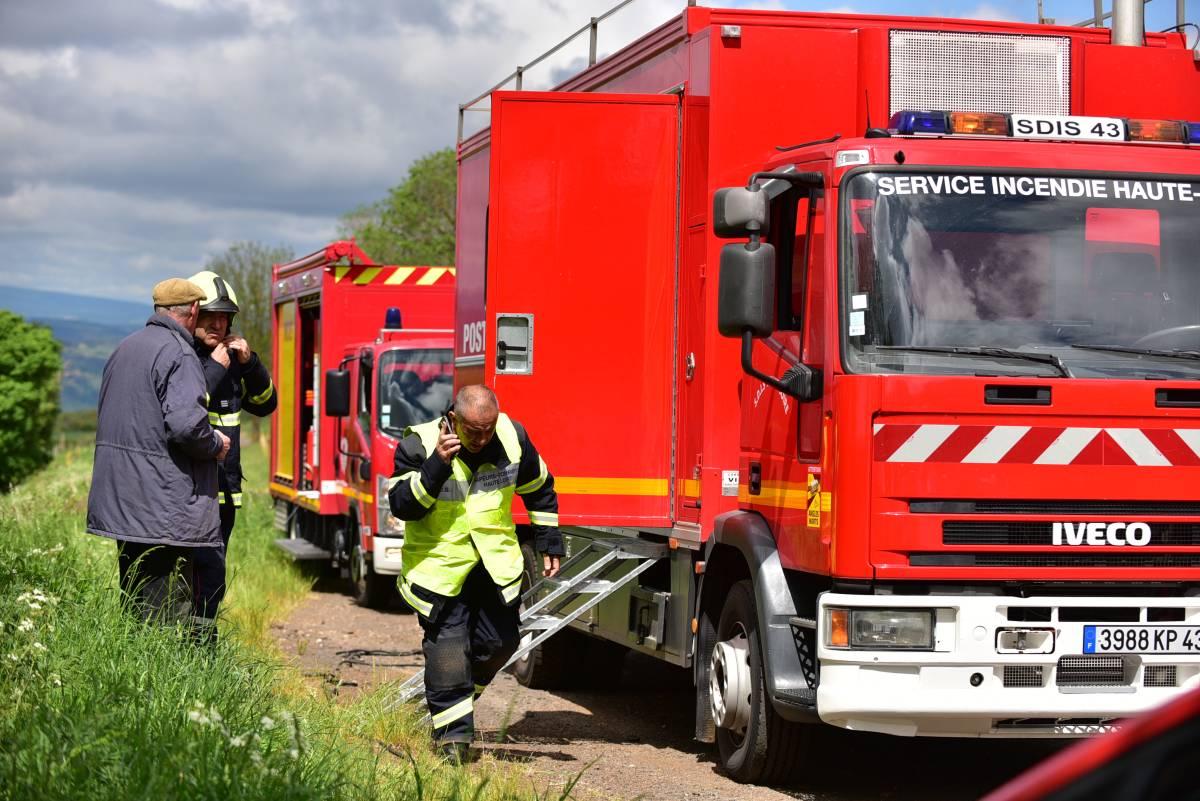

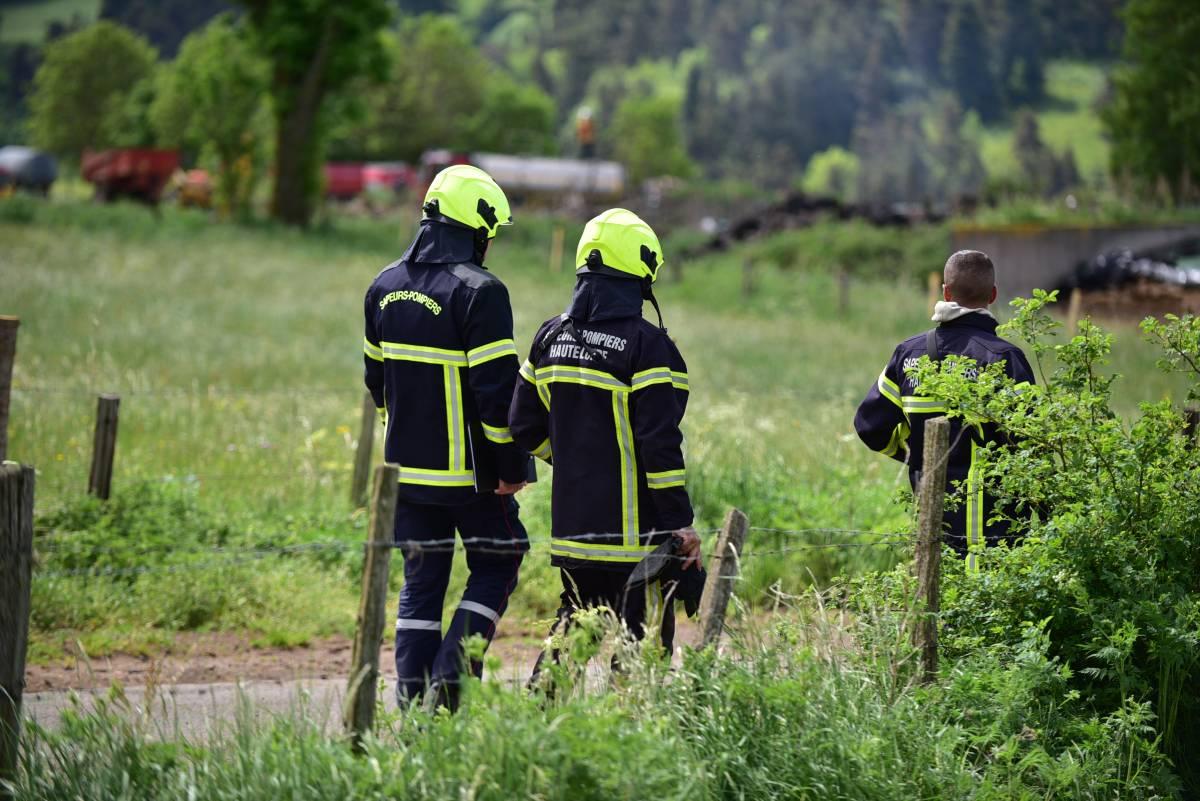
Regulatory Evolution of the ICPE 4702 Category for Ammonium Nitrate Fertilizer Storage
Agricultural activities are subject to Environmental Protection Classified Installations (ICPE) regulation according to category 4702, dedicated to fertilizer storage
The dangerousness of ammonium nitrate fertilizers depends on the nitrogen content in the fertilizers. The detonating power is taken into account in the regulations starting from a 70% ammonium nitrate content, i.e., 24.5% nitrogen.
For storage, this category 4702 defines thresholds based on the nature and composition of the fertilizer, but also its packaging (bulk or bags)

NC: Not Concerned / DC: Declaration with Controls / A: Authorization / SB: Seveso Lower Threshold / SH: Seveso Upper Threshold
There is a declaration threshold of 500T for ammonium nitrates in Bags and 250T for ammonium nitrates in bulk.
After the Beirut port catastrophe on August 4, 2020, the French government launched a mission related to the security of ammonium nitrate stocks within our territory. This study covered ports as well as the agricultural sector.
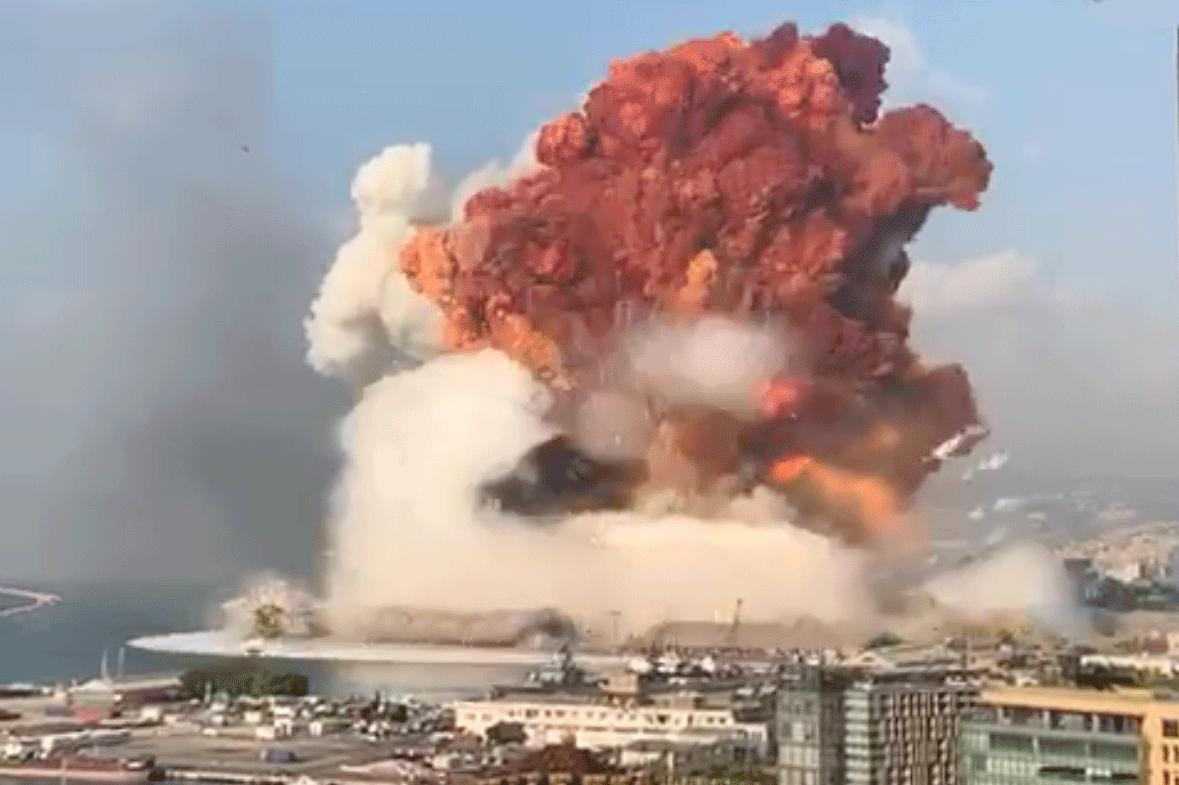
Given the deficiencies identified, the mission issued 10 recommendations
Two draft texts will govern this regulatory evolution. “These regulatory draft texts, related to the declaration regime, represent a first step towards improving the safety of ammonium nitrates used by the agricultural sector,” stated the Ministry of Ecological Transition in 2021.
1- Draft Decree
The draft aims to lower the declaration threshold for the storage of high-content ammonium nitrates to 150T regardless of the packaging type (currently 250T for bulk and 500T for big bags)
The accident history fully justifies the reduction of this threshold.
2- Draft Order
The draft decree aims to define organizational measures to be implemented on sites to limit the risk of fire, especially in terms of partitioning and distancing from combustible materials, but also for the design of buildings and fire-fighting devices.
These texts are expected to be applicable from 01/08/2022, with a transitional period for existing installations.
Farmers, distributors, and fertilizer producers are currently mobilizing against these projects.
Transporting Ammonium Nitrate Fertilizers (and Hay)
Ammonium nitrates are classified for their oxidizing power. They therefore belong to class 5.1. For the transport of ammonium nitrate fertilizers, UN2067 code is used

Fertilizers belong to PG III and can benefit from a partial exemption for road transport (ADR), for a shipment not exceeding 1T.
In the case of transports with agricultural vehicles, the threshold allowing exemption from ADR regulation is 12T!
The loading rules are also applicable. It is still possible to see on the road, trucks with big bags of fertilizer, simply strapped over the top. The force exerted by the strap is almost nil, as the big bag deforms under the energy of an impact. Without comment.
As for hay or straw, their road transport is exempt from ADR regulation. However, this is not the case for maritime transport.
If these goods are wet, their maritime transport is simply prohibited. If they are dry, they will be transported under UN1327 code, class 4.1, flammable solid.
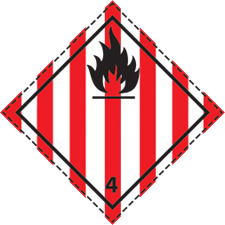
CHAVANON Conseil, Your Partner for Storing and Shipping Oxidizing Materials
Do you produce, store, ship, or use fertilizers?
CHAVANON Conseil supports you in organizing your logistics flows, especially for the storage and shipping of combustible or oxidizing materials
We assist you in determining and optimizing your classification in relation to different ICPE classifications, and implementing measures related to your obligations.
The One Shot audit allows you to have a vision on your positioning vis-à-vis the different regulations involved.
We can then implement a regulatory monitoring and support tailored to your structure.
To meet your team training obligations, administrative or logistics, we provide ADR 1.3 training, financially supported by OPCO, within the framework of CHAVANON Conseil's QUALIOPI certification
Questions about our support services? contact@chavanon-conseil.fr
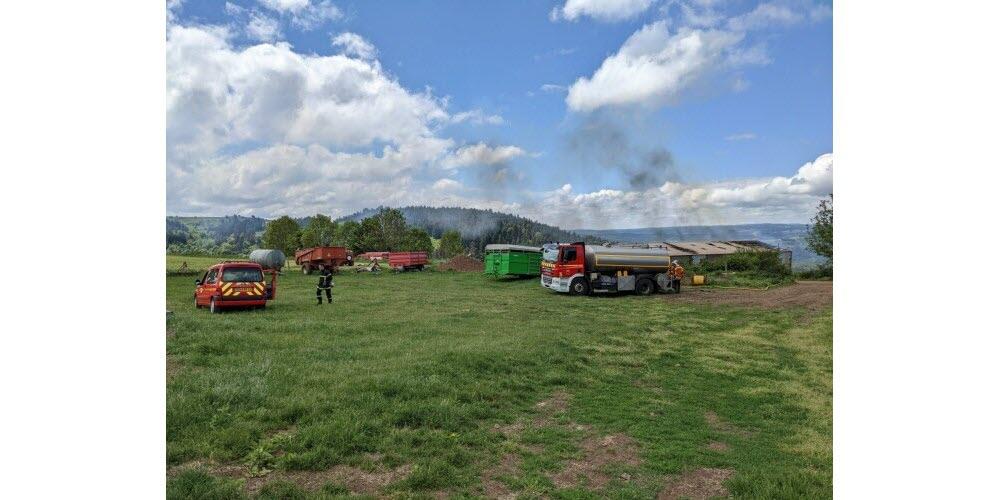
To read other blog articles ...
Photo sources: léveil.fr, leprogrès.fr
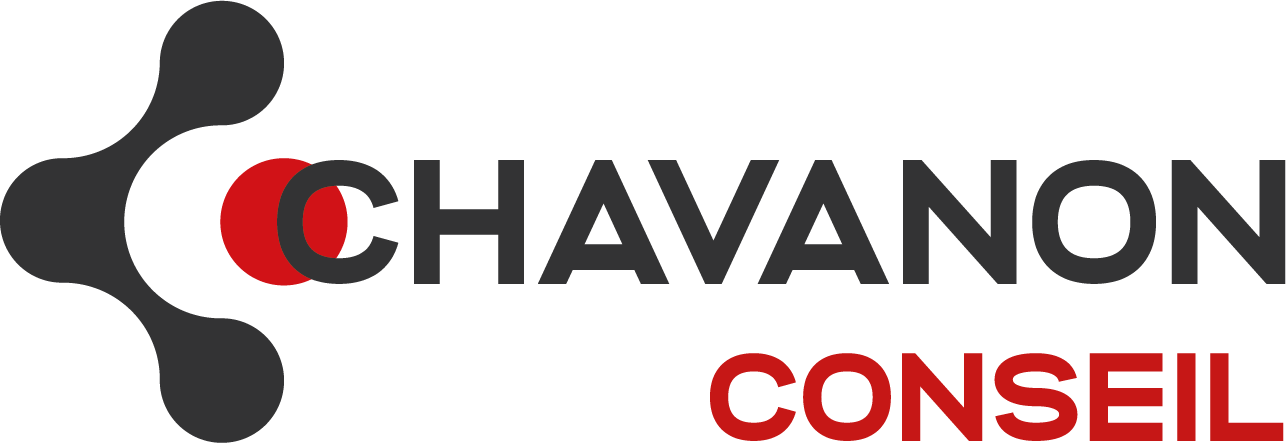
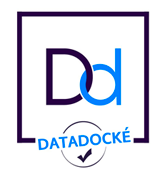
 A unique communication solution at the service of businesses
A unique communication solution at the service of businesses